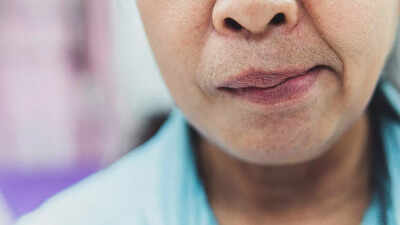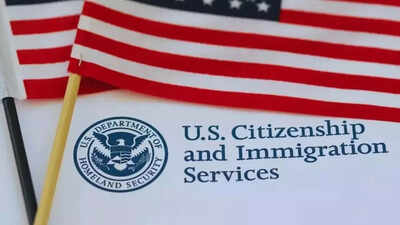
Facial paralysis is a condition characterised by the inability to move the muscles on one or both sides of the face due to damage or impairment of the facial nerve. The facial nerve, also known as cranial nerve VII, is responsible for controlling the muscles of facial expression, as well as playing a role in taste sensation and tear production. When this nerve is affected, individuals may experience weakness, drooping, or complete loss of movement, which can have a profound impact on both physical appearance and daily function.Facial paralysis can occur suddenly or develop gradually and may be temporary or permanent. The severity and duration of symptoms largely depend on the underlying cause and the extent of nerve damage.
Understanding facial paralysis and how it occurs
Facial paralysis occurs when the facial nerve is damaged, disrupting the communication between the brain and the muscles of the face. This results in muscle weakness, asymmetry, and reduced mobility of facial structures. Paralysis can affect one side of the face (unilateral) or both sides (bilateral), with symptoms ranging from subtle weakness to complete immobility.In many cases, the onset of facial paralysis is sudden. One of the most well-known causes of sudden facial paralysis is Bell’s palsy, which occurs without a clear reason. Bell’s palsy typically results in temporary weakness on one side of the face and often resolves within weeks to months, though recovery may vary.Other forms of facial paralysis may develop gradually over time due to underlying conditions such as stroke, tumours, infections, or trauma. The condition may be partial, affecting only some facial muscles, or complete, involving the entire side of the face.
Causes of facial paralysis
Facial paralysis can be congenital, present at birth, or acquired later in life. Acquired facial paralysis generally arises from one of two primary mechanisms:
- Damage or inflammation of the facial nerve, which interrupts signals from the brain to facial muscles.
- Damage to brain regions responsible for sending signals to the facial nerve, impairing communication and control.
The common causes of facial paralysis include:
- Stroke – Interruption of blood supply to the brain can damage regions that control facial muscles.
- Bell’s Palsy – A sudden, idiopathic form of facial nerve paralysis, often linked to viral infections.
- Ear infections – Middle ear infections can inflame or compress the facial nerve.
- Skull fractures – Trauma can directly injure the facial nerve.
- Autoimmune disorders – Conditions such as multiple sclerosis can damage nerve function.
- Tumours – Head, neck, or brain tumours, including facial nerve schwannomas, can compress nerves.
- Infections – Lyme disease and Ramsay Hunt syndrome can impair facial nerve function.
- Neurological disorders – Guillain-Barré syndrome affects peripheral nerves, including the facial nerve.
- Systemic conditions – Sarcoidosis can cause inflammation that affects cranial nerves.
Symptoms and signs of facial paralysis
The hallmark symptom of facial paralysis is weakness or drooping of the facial muscles. Other common signs may include:
- Inability to close the eye fully on the affected side
- Drooping of the mouth or difficulty smiling
- Difficulty making facial expressions such as frowning or raising eyebrows
- Altered taste sensation
- Increased sensitivity to sound (hyperacusis) in some cases
- Excessive tearing or dry eyes due to impaired eyelid function
Depending on the cause, facial paralysis may appear suddenly or gradually worsen over time. For example, Bell’s palsy often develops within hours to days, whereas tumour-related paralysis may progress slowly.
Facial paralysis: Prevention and risk reduction
Not all cases of facial paralysis are preventable, particularly those caused by trauma or idiopathic conditions like Bell’s palsy. However, risk reduction strategies for stroke-related facial paralysis include:
- Maintaining healthy blood pressure and cholesterol levels
- Managing chronic conditions such as diabetes and cardiovascular disease
- Avoiding smoking and limiting alcohol intake
- Eating a balanced diet rich in whole grains, fruits, and vegetables
- Engaging in regular physical activity
- Maintaining a healthy body weight
When to seek medical attention
Facial paralysis warrants prompt medical evaluation, particularly if it occurs suddenly. Immediate attention is critical when accompanied by stroke symptoms, including:
- Sudden weakness or numbness
- Loss of coordination or balance
- Blurred vision
- Slurred speech
Emergency services should be contacted in such situations. Early diagnosis and intervention are essential for better recovery outcomes and to minimise long-term complications.Disclaimer: This content is for informational purposes only and is not a substitute for professional medical advice. Consult a healthcare provider for diagnosis or treatment.





